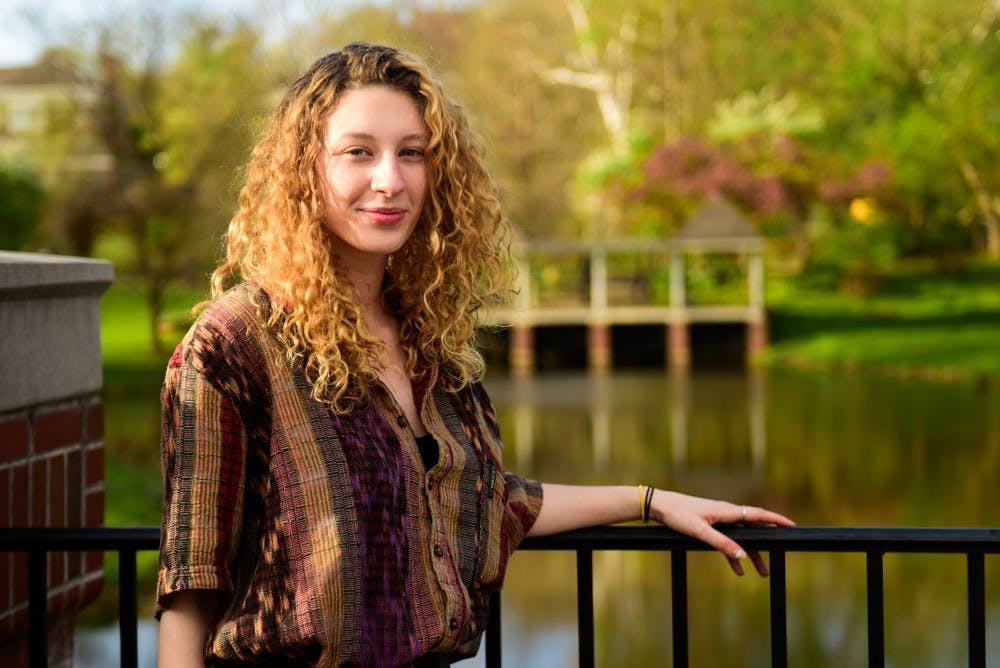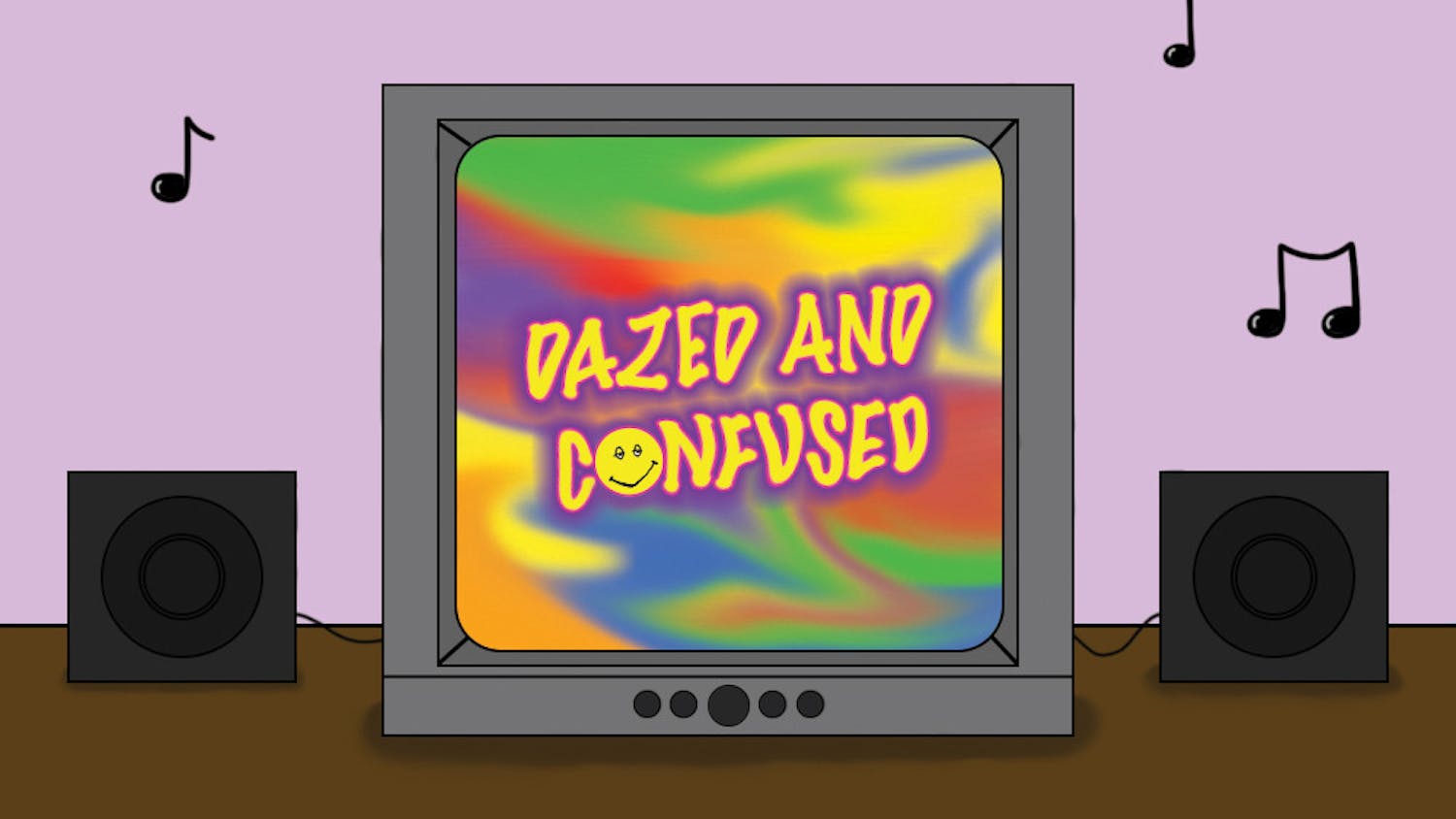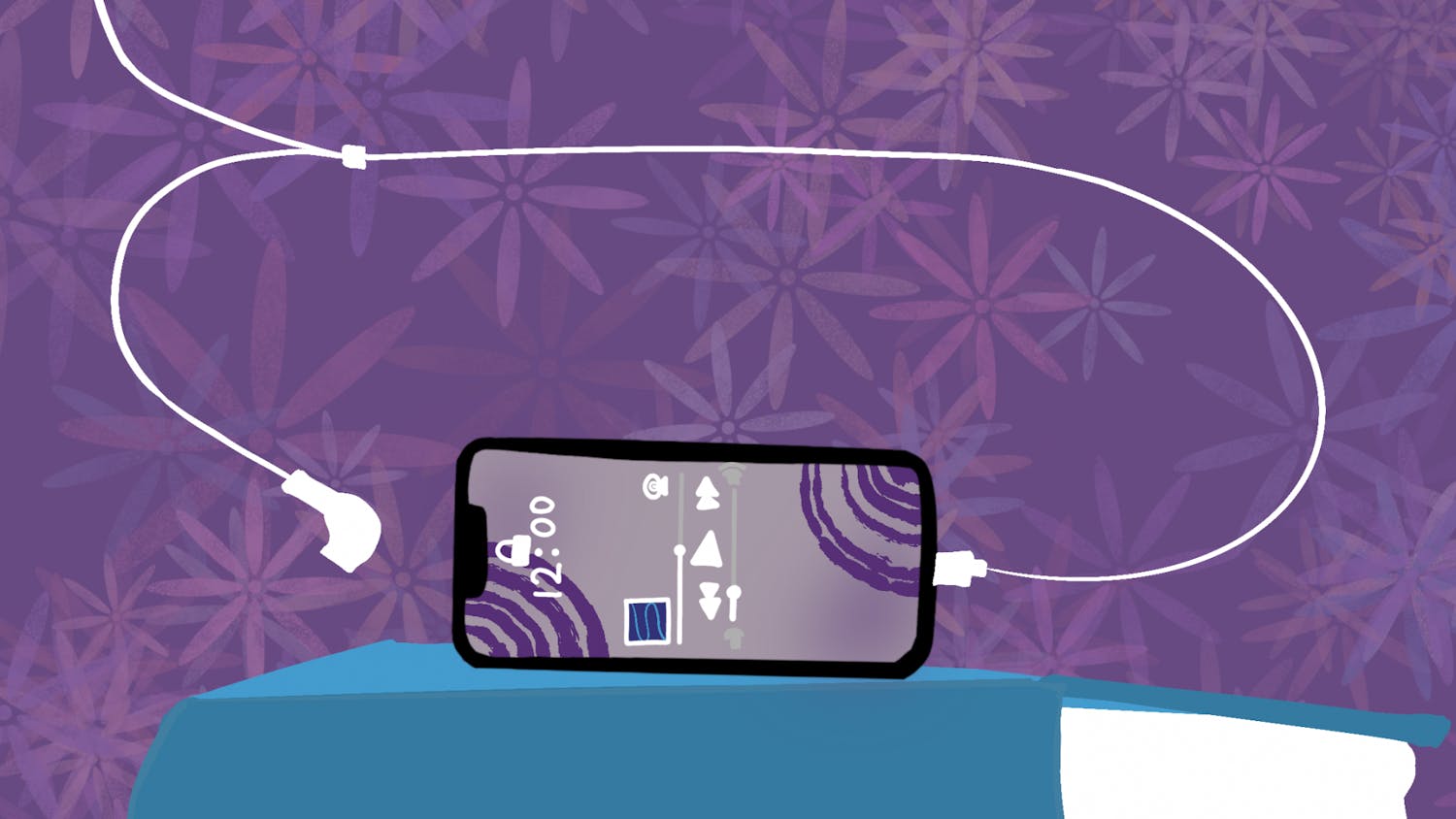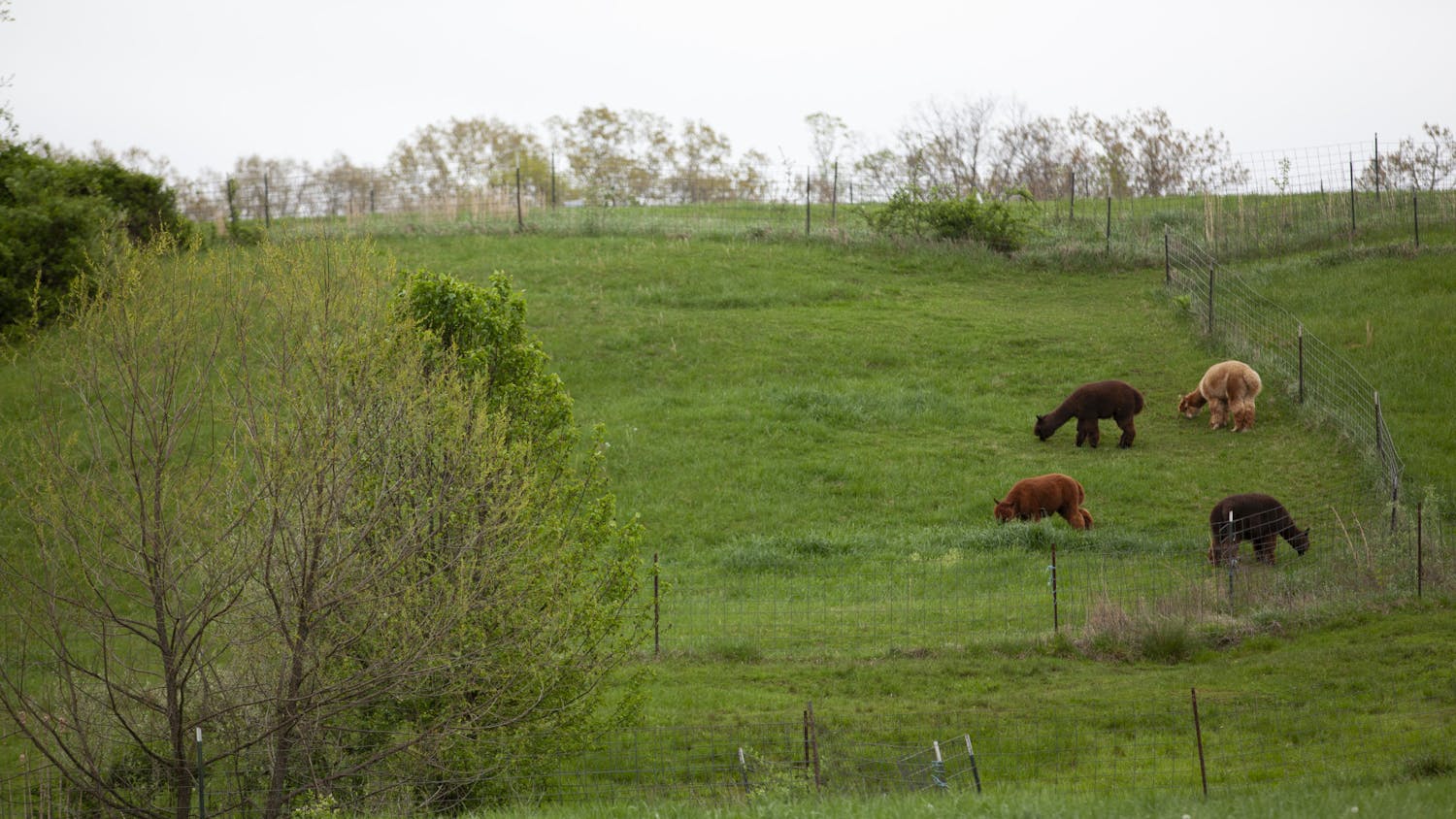The Grateful Dead isn’t a secret. What is a secret, however, is why the band has lasted over half a century. The live shows outlive the studio albums, with newly found shows and remasterings of beloved ones popping up every year.
Jerry Garcia and Bob Weir, founding members of the Grateful Dead, did more than just play music. The two men built a culture around their smooth riffs and lengthy tours that people would travel from miles around to hear. Hippies would follow the band around the country, living on buses and sleeping in parking lots just to spend another night with their favorite band.
Formed in 1965 in California, the Grateful Dead answered society’s call for a touring band — the experience was more important than just listening to a record. And the Dead provided that experience and more.
Their shows, often lasting several hours, were hubs for hippies to take drugs and explore free love. The Dead is a vestige of that time. With 87 published live albums — and many unreleased, amateur recordings — the Dead live on through people who have seen them perform.
The band is too culturally important to die off. Unlike The Beatles or Elvis Presley, the Grateful Dead didn’t change music; it played standard folk and blues music that other bands at the time were making. But, with help from Dick Latvala, the gospel spread through amateur recordings of Garcia’s winding guitar.
There are no two identical Dead shows. The magic of the shows isn’t singing along to the lyrics; it’s listening to “Dark Star” and learning a new riff. It’s hearing Weir’s kooky stage banter. And it’s hearing the fans, old and young, interact with the band and its music.
“Alright, now let’s play everyone’s favorite fun game: move back. Now when I say ‘take a step back,’ everyone take a step back,” he said before “Scarlet Begonias” at the band’s legendary 1977 Cornell University performance. “Then all your friends in the front won’t get all bug-eyed.”
That connection with an audience is hardly seen in other bands, and it’s even rarer in modern music. The Dead made music for people who used psychedelics, who were especially susceptible to connection, because the band knew what those people wanted.
“First off, LSD could backfire at any minute or any night,” Weir said in an interview from The Wall Street Journal. “I pretty much put a year into it, taking LSD about once a week. It put us all in a profound state of disorientation, let me tell you.”
But drugs aren’t necessary to enjoy the band’s live shows.
The Cornell performance, widely considered the best recorded Grateful Dead concert, is a prime example of the band’s power. The album glides through each song, taking its time to develop explosive riffs that explore the depths of what a guitar can do. Jerry Garcia’s guitar playing dives listeners deeper into the song, forming a connection with hardcore listeners and casual ones alike.
The Grateful Dead isn’t just a band; it’s a tangible reminder of generational passion.
Shelby Campbell is a junior studying strategic communication at Ohio University. Please note that the views and opinions of the columnists do not reflect those of The Post. Want to talk more about it? Let Shelby know by tweeting her @bloodbuzzohioan.






